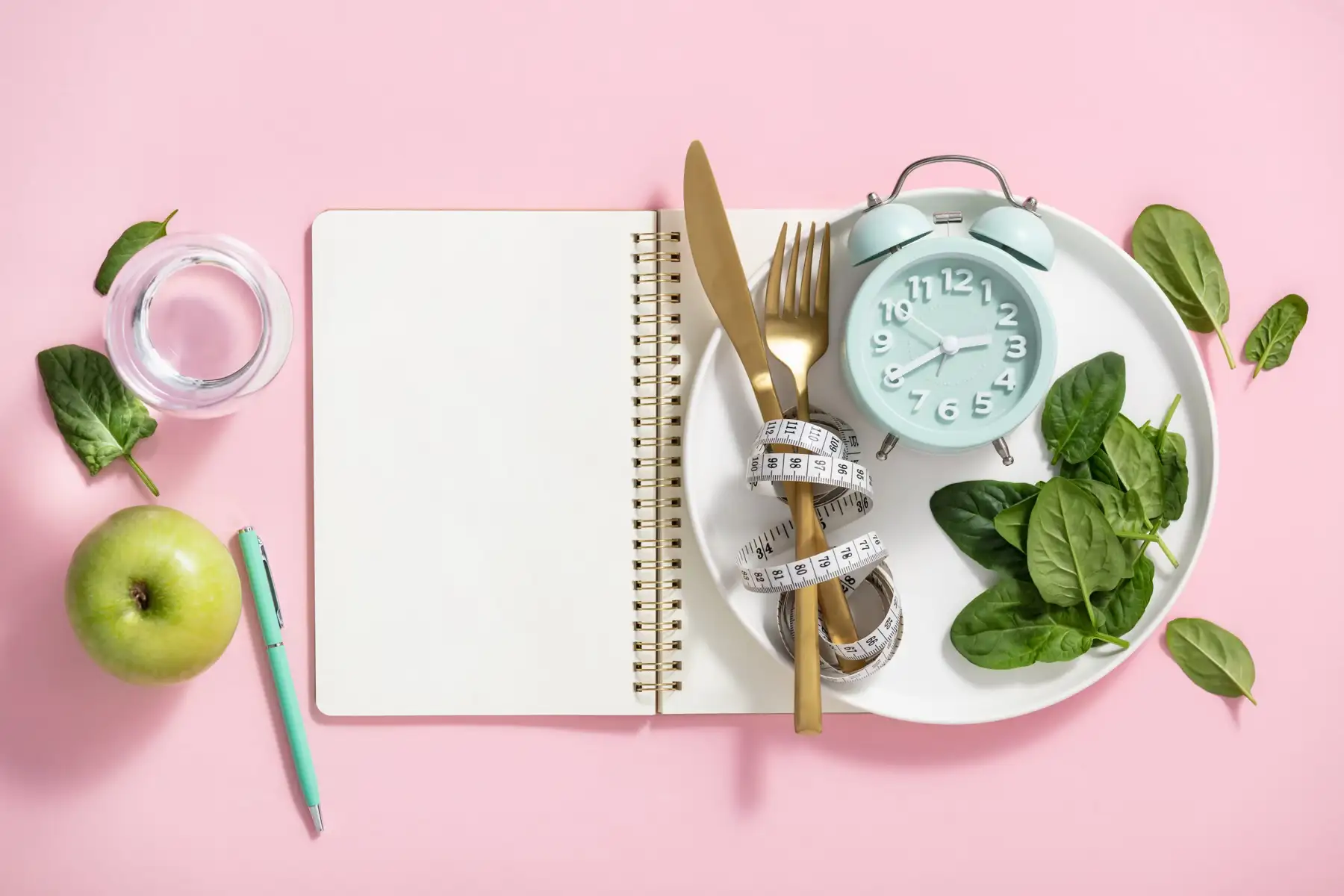When I was a kid, my Filipino father would sometimes throw big parties at our home on Long Island. A cavalcade of cars would roll up our long asphalt driveway, with dark-skinned men in nehru shirts parading into our yard shouldering trays of homemade vegetable limpia, mongo with dried shrimp, chicken adobo, and a whole roast lechon with an apple in its mouth.
At one of these parties in late July when the fireflies were out at night, I remember Mom’s friend Gloria Hickey, ice clinking in her gin and tonic and a lit Pall Mall 100 in the same hand, gazing at the pig in the spit. As I stood next to her, red-lipped and sucking a cherry popsicle, she turned to me, eyes welled up and said “I would prefer to see him running around the barnyard, happily wallowing in the mud.”
I froze, in shock, looking from Gloria to the pig and back again. We had all kinds of pets – horses, dogs, cats, chickens. My mom’s best friend Mary Lou owned a pet pig. On that hot summer night at the party, I made the first of many connections between the animals in the yard and the food on my plate. And right then and there I vowed never to eat pork again, as long as I lived.
Roast pork with crispy skin and dinuguan (blood stew) over rice, pickled pigs ears, Pata made from fried pork knuckle. These were staples at my family home and at the homes of my father’s friends and relatives.
With disapproving stares, shaking heads, and “tsst tsst” hisses, Dad and his sisters watched me fill my plate instead with white rice smothered in soy sauce. I am certain they wondered how my father’s mestizo daughter could eschew pork. I was half Filipina, and they wondered whose blood was running through my veins.
However, one of my favorite things to eat were the fresh mangoes Dad brought home by the case from New York’s Chinatown. Mangoes are another staple in the Philippines, and an ingredient in one of the country’s most popular desserts, Halo Halo. As a kid, I loved mangoes and could eat my weight in them! My sister Laura loved them too, and when she ate them she’d give me her pits to chew. I remember the fibrous strands stuck in my teeth, but I didn’t mind.
Fast forward 20 years and I am sitting at my father’s kitchen table in Atlantic City, NJ with my aunt and uncles Tita Bettina, Tito Loly and Tito Puckett. At the center of the table is a bowl of Ataulfo (also known as champagne or honey) mangoes. Unthinking, I reach across the table, grab a mango, put it on my plate and proceed to cut. And that’s when I hear it; the cooing, the grunts, and quiet nods of approval. The acceptance from my father’s people.
“You know how to cut a mango?” Tita Bettina both questions and praises at the same time, eyebrows raised. Tito Loly and Tito Pucket nodding in agreement.
“Of course she knows how to cut a mango” says Dad proudly, pushing the bowl in front of me.
“Yes, would you like me to cut some more?” I ask as I dump the rest of the mangoes on the table in front of me, showing off. Finally, my father is proud.
My father is gone now but I don’t ever eat a mango without thinking of him and my ancestors.
In a recent Thai cooking class, I offered my expertise to my fellow students as we prepared sticky coconut rice with mango. I was surrounded by Americans who did not know the proper way to cut a mango. So I demonstrated. My teacher Jam was impressed.
According to WebMD, eating mangoes provides many benefits like promoting heart and digestive health. They contain vitamins A, C, K, beta-carotene, folate and choline, and the minerals potassium and magnesium.
My own family eats a lot of mangoes these days so I buy them by the case from Costco. They are my son’s favorite fruit. My husband and I love mango in our fruit salad, and my entire family, friends and cooking students are crazy for the raw mango crumble I sometimes prepare for dessert.








